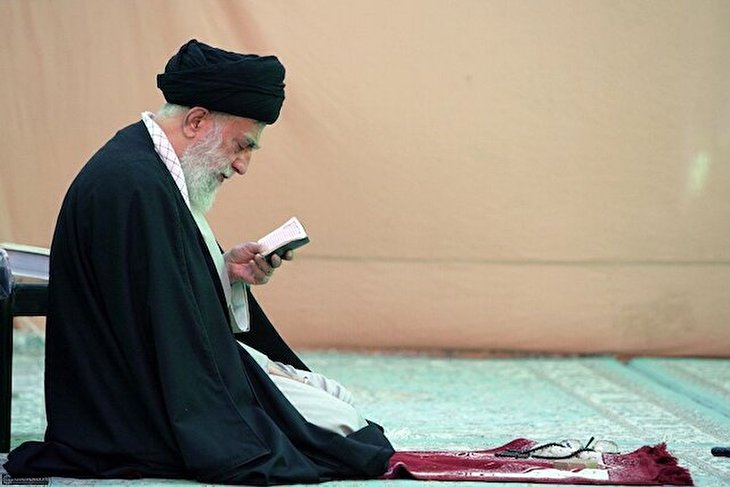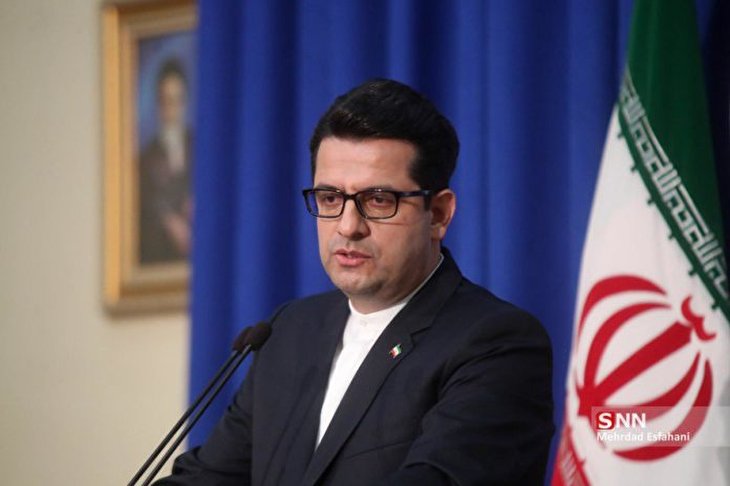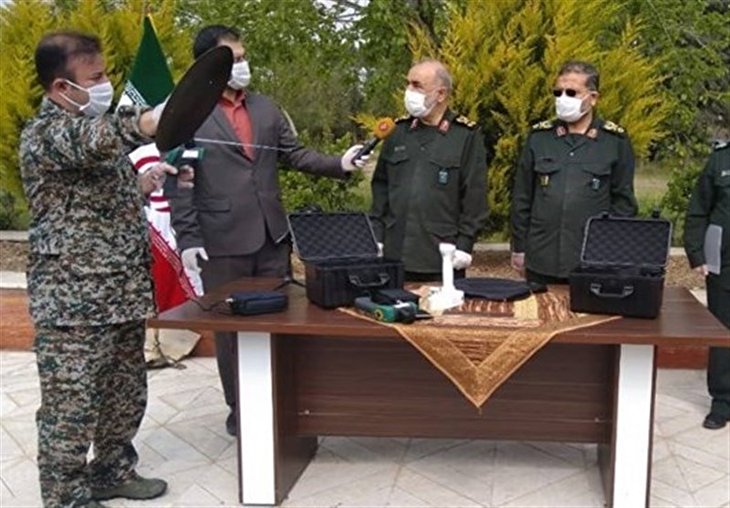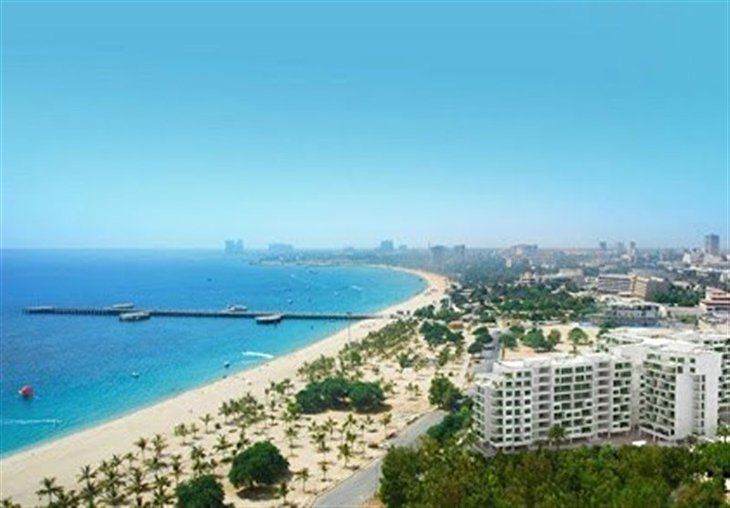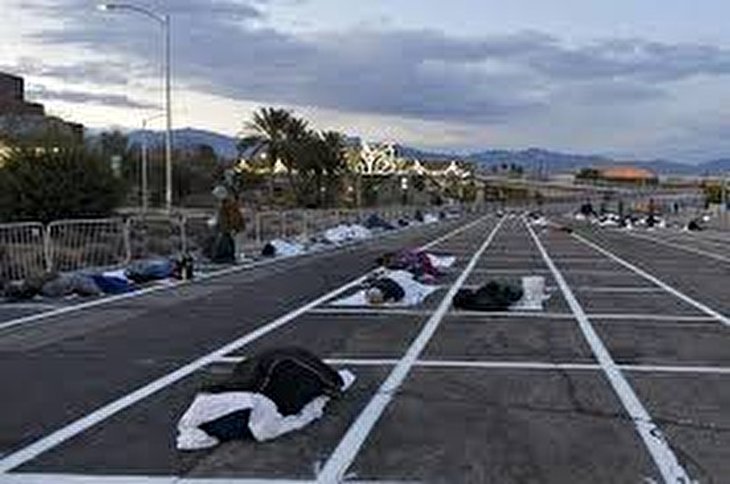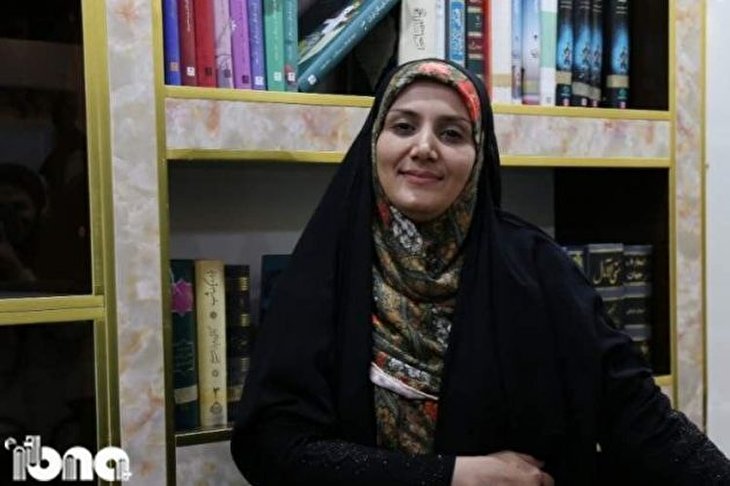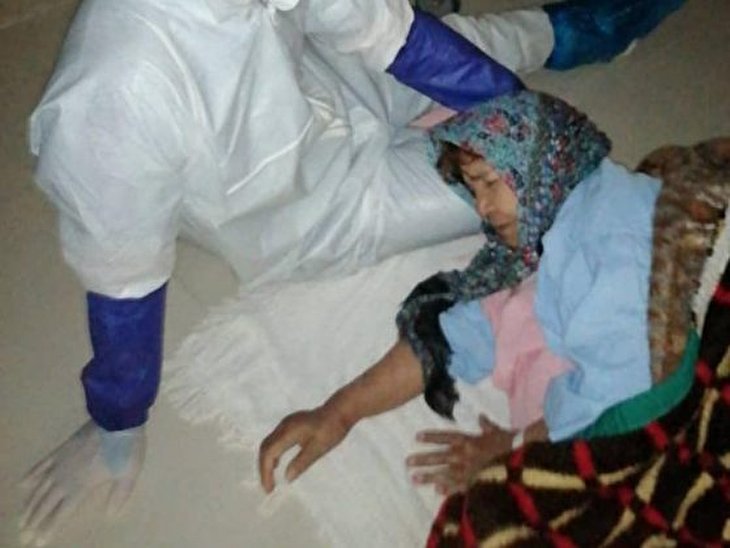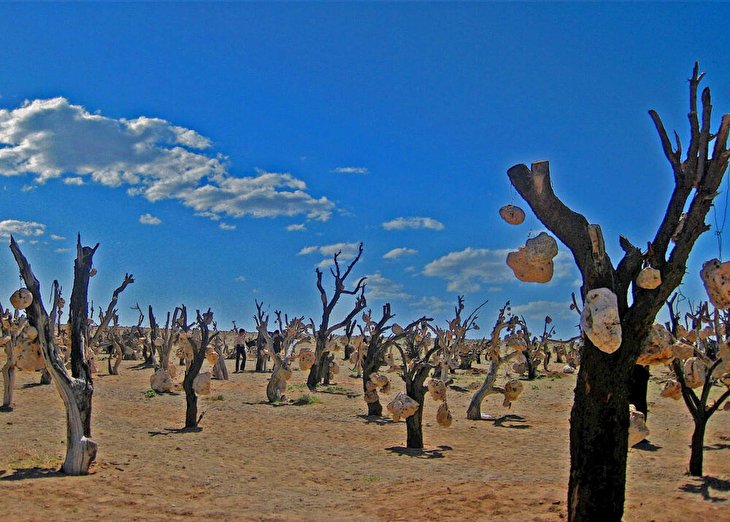
Project HARP is not the cause of Iran’s earthquakes
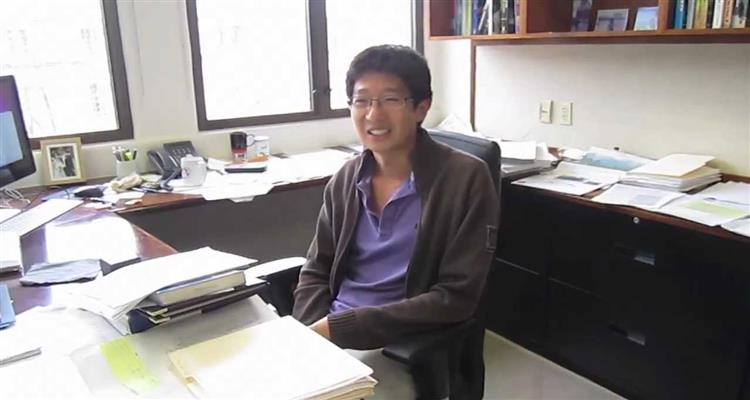
Iran is prone to near-daily earthquakes as it sits on major fault lines. In
November, a 7.2-magnitude quake hit western Iran, killing more than 600 people.
In 2003, a 6.6-magnitude quake flattened the historic city of Bam, killing
26,000 people.
Some days ago, an earthquake of magnitude 5.2 has struck Iran's capital Tehran.
There were no immediate reports of damage or casualties.
The quake comes five weeks after a major earthquake in the country killed at
least 600 people. After 5.2 quake in Tehran, another quack of magnitude 4.2 hit
Tehran again.
In general, during this month, many earthquakes hit Iran. Many of them were more
than 5 Richter.
In this situation, I think, two questions come to mind:
At first, many people and even Seismologists in Iran believe that a powerful
earthquake will hit Tehran this month. They say the faults in Tehran have been
activated after recent earthquake and a powerful earthquake with 7 Richter power
will hit Tehran in this month. But is it possible, logical and scientific?
Second question is about the reason of quakes in Iran in this short period. Why
during this months, a lot of earthquakes have been occurred? What is a
scientific answer for this?
We asked these questions from a professor of Geophysics. Professor Victor Tsai
is a seismologist from California Institute of Technology. He is a graduate of
Harvard University and has a lot of works on earthquakes.
Professor Tsai asserted that although we try to measure the stress within the
Earth that builds up to cause earthquakes, it is extremely challenging to
measure these stresses well enough to predict earthquakes to any useful degree
of accuracy.
Thus, currently, we cannot say whether or not an earthquake of magnitude 7 will
occur in the next month or even next year with any degree of confidence.
We do know that eventually, within the next 50-100 years, it is likely there
will be a magnitude ~7 earthquake in the Iranian area, since this is an area of
active faulting.
Professor Tsai then focused on second question and said that Whenever there is a
large earthquake, stresses within the Earth are changed significantly, which
leads naturally to many aftershocks, with the number of such aftershocks being
larger for a larger original (main shock) earthquake.
These aftershocks are typically smaller than the main shock, but occasionally
they are larger. There is about a ~5% chance that one of those aftershocks will
be larger than the main shock.
Once the stresses within the Earth relax, then the aftershocks will start to be
less frequent (typically on a week to month timescale, though there can still be
aftershocks many years later as well).
We asked professor Tsai a better explanation. Because we know that the quakes in
Tehran were not aftershocks. because they are on different faults.
Professor Tsai answered that earthquakes naturally occur on active faults, along
plate boundaries, of which there is one in Iran. That is why earthquakes occur
there. Some aftershocks can occur on faults that are not directly connected to
the main shock.
We asked Professor Tsai about the relation of quake in Iran and project HARP.
Project HARP is a joint initiative between the United States and Canada to
research the use of ballistics to deliver objects into the upper atmosphere.
Some believe that the quakes are increased because of HARP. We asked Dr Tsai his
opinion about that.
He asserted that there is no relation between quakes and HARP.
The earthquakes are likely all natural, and not caused by any anthropogenic
project like HARP: He answered.
SOURCE: Khabarfoori
